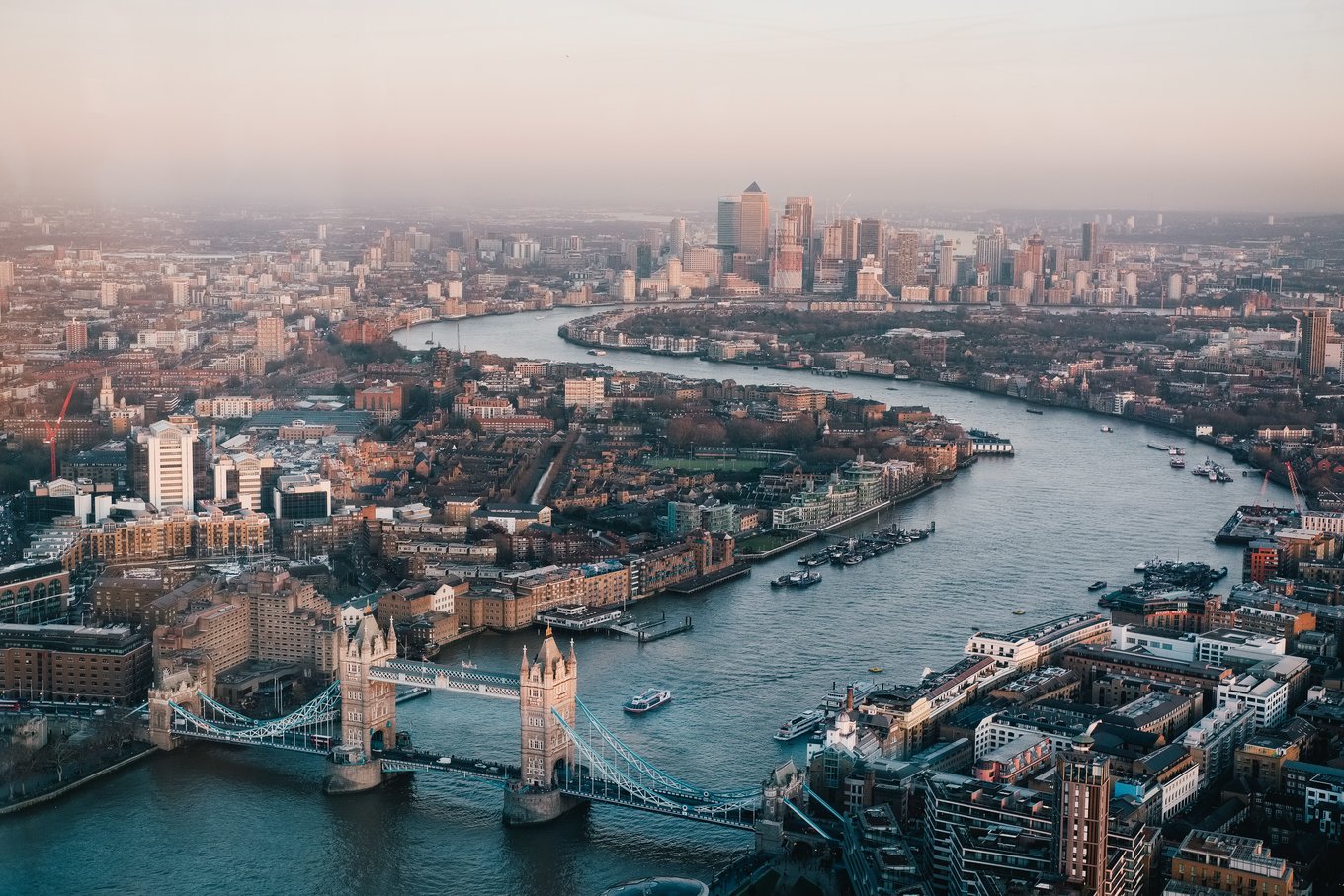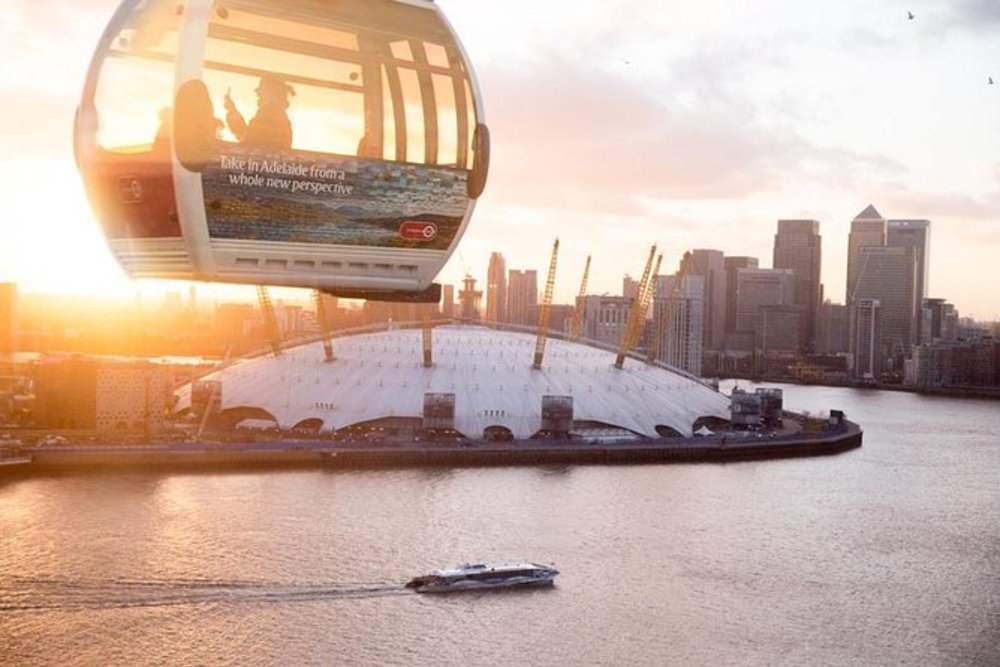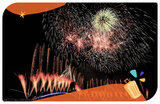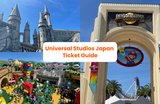Whether you’re admiring the picturesque sights of Hampstead or rocking out down Electric Avenue in Brixton, London has it all, but sometimes it can make your head spin when you’re trying to work out the best way to get around this unique city. From the outside looking in, London can be overwhelming but in reality, it’s just a big jigsaw that takes time to piece together. Don’t fear, follow the simple advice below and you’ll be able to navigate the big smoke in no time.
1. Plan, Plan, Plan
Before embarking on your big city adventure it’s important to plan your journey. Transport for London provides a handy A to B journey planner that gives you a variety of routes that meet most needs. Whether you’re after the quickest route possible or fancy just using the bus, select the modes of transport you want to use and the planner will do the rest. Happy days. CityMapper and of course, Google Maps are also handy tools to help you plan your journey.
Gone are the days of paper tickets being the main option for travel & London is a leader in making travel around the city simple and easy. With contactless now available on all of your travel options, navigating the city has never been easier. Of course, if you still want to buy that paper travelcard or oyster as a memento of your visit, this is still an option and many National Rail tickets come packaged with the day travelcard, so it’s a good thing to have!
2. Tube me up baby!
So, it’s time to talk about the modes of transport available & where else to start but the infamous London Underground. Love it or hate it, the tube is the most efficient way to travel long distances and, on most days, a reliable way to navigate the majority of the city. True fact; despite its name only 45% of the network is actually underground.
A common dispute amongst locals is how many lines actually exist on the network. Well, according to Transport for London there are 11 tube lines that make up the underground system. All of the lines run through central London with loads of key stations such as King’s Cross & Bank making interchange points where you can connect to other lines. For a small fee, apps like Tube Map provide handy information on where to board and exit each tube line to efficiently connect to other lines, saving precious time.
As well as the 11 main tube lines there are 2 other lines that some may consider part of the tube network. The first being the London Overground which offers open plan carriages similar to that now seen on the Hammersmith & City line and soon to be launched Elizabeth (Crossrail) line. As the Overground doesn’t run through Zone 1, this can be a cheaper alternative route for those not wanting to travel through central London. If you are using contactless or an oyster card to travel then it’s super important to tap the magic pink reader that will ensure you don’t get charged a zone 1 fare.
Then we can’t talk about tube lines and not mention the magical mystical world of the Docklands Light Railway or, as the locals call it, the DLR. If you haven’t ridden in the front seat of this self-driving railway, have you even been to London? The DLR links East London to Bank, providing a useful way of reaching central London without the need to use the underground system at all. If you’re lucky enough to catch a flight from London City Airport or visit an event at the Excel centre then the DLR will only set you back £3.30 for a single fare into the centre making it a cost efficient way of reaching all the treasure that central London has to offer.
3. Bus & Tram
As the famous saying goes, you wait all day for one bus and then two come at once, and that couldn’t be truer in London. When it works, it works, and the bus network is definitely one of the best ways to see what the city has to offer. At £1.50 for a single journey, the bus offers a cost-efficient way of getting around when your legs have had enough of pounding the streets of London.
The recent introduction of the hopper fare which allows for multiple bus journeys to be made within an hour at no extra cost makes getting around even cheaper for locals and tourists alike.
For many South Londoners, this hopper fare also applies to the Croydon Tramlink which operates from the tennis-loving haven of Wimbledon to suburban areas of Beckenham and New Addington. The same fares apply to the tram as the bus, and the seamless ability to hop between both bus & tram makes this super convenient for locals to get around.
4. National Rail
The common misconception is that the National Rail only offers routes in and out of central London and not necessarily around London itself, however that couldn’t be further from the truth. The handy Thameslink route links the town of Bedford all the way to the popular pebble beach of Brighton via the central London locations of King’s Cross, Farringdon & Blackfriars, all without the need to switch to the tube network. This route also offers a quick & cost-efficient route from the recently-rejuvenated Elephant & Castle to the ever-popular Kentish Town without navigating multiple underground or bus routes.
National Rail offers a route into some of London’s suburbs that the tube & bus routes don’t necessarily cover, so whether you are wanting to escape zone 1 for the leafy suburbs of Dulwich or a fancy an afternoon out at the stunning Hampton Court palace, National Rail will provide you plenty of options to reach those further afield locations. If these locations fall into one of London’s zones then you can use contactless & Oyster cards to save on daily capped fares and avoid overpaying on those pricey individual fares.
If you are lucky enough to own one of the National Rail railcards & a London Oyster card then you’ll be able to combine the two and save a 1/3 on all off peak fares. Just speak to a manned London underground ticket booth and they’ll be able to combine the two and you can start saving.
5. Taxi
There are few things that scream London more than the iconic Black Cab. For those who are looking for a direct point-to-point connection or to make an early morning journey whilst public transport isn’t available, London taxis are a useful option. A variety of companies operate throughout the city offering solutions for most budgets, from the likes of Uber who cater for those looking for an instant ride, to the pre-booked black cab for the organised customer.
You may have seen the locals flagging down a taxi from the street however It’s important to remember that only black cabs can be hailed from the street. If the yellow taxi sign is lit, then you’re good to go and the cab is available to hire. Like most cab rides, prices will vary based on your journey length, just remember that black cabs are metered with a minimum £3 charge on any ride, and the prices can rack up rather quickly.
If you’re looking to travel by other minicabs be sure to check for the Transport for London disc that shows the cab is licensed. London is generally a safe place to visit but unbooked minicabs are illegal, unsafe, and uninsured, so ensure your own safety with this simple piece of advice.
6. Boris Bike
If getting out in the fresh air and sitting on the saddle floats your boat, then we have just the solution for you. Back in the summer of 2010, then-London Mayor Boris Johnson introduced the ‘Boris Bike’ network around the city (officially actually known as the Santander Cycles since they were sponsored by Santander). This bike network consists of around 800+ stands around London offering over 13,000 bikes to hire for the small fee of just £2 for an unlimited number of journeys of up to 30 minutes in a 24 hour period. All you have to do is locate one of the numerous bike stands around the city, follow the on-screen instructions to unlock one of the bikes and you’re good to go.
7. Clipper
Now, what journey to the capital is complete without a trip down the Thames? Used by locals and tourists alike & operating from Putney in the west to Woolwich in the east via the O2 arena is the Thames Clipper service, currently sponsored by Uber as Uber Boat. Although use of the Clipper is not included in the various travelcards TFL offer, you can save a few pennies on the standard fares if you are in possession of a travelcard. Check out the map for boarding points and scheduled times, and see the sights of the city from the river.
8. Skyline
Hanging high in the East London sky you’ll find the Emirates Airline cable cars. No visit to the O2 arena or the Excel centre is complete without a cheeky ride on these cable cars. The views are impressive with a bird’s eye view of the top of the O2 and nearby Canary Wharf. If you’re lucky you might even catch a glance of an aircraft taking off from London City Airport. With discounts for Oyster and contactless users on the usual cash prices, there’s no excuse for arriving in style to that next concert at the O2 or event at the Excel centre.
9. Walk
The amount of travel options to Londoners and tourists is vast and we’re all spoilt for choice when it comes to making the decision about how to arrive at our destination. However, if you ask many locals they’ll tell you that their favourite mode of transport is simply to just walk from A to B. Whether it’s favouring the short walk to Bank to avoid the 8:30am squeeze on the Northern line from London Bridge, or taking a stroll down Buckingham Palace road on your way to visit her majesty from Victoria, simply getting out and exploring on your own two feet can be the answer you’re looking for.
Plus, even though London is a big city, you might be surprised how close some of the key attractions actually are to each other once you’re seeing the journey above ground!
So now you have all the handy information needed to get out there and start planning that next exciting visit to London starting with your Oyster card. Don’t forget to say hi to Her Majesty from us, and check out our other top activities in London by clicking the button below!


























